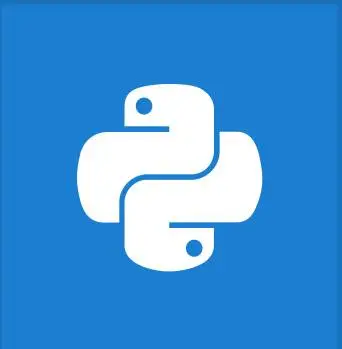


Python 中的 list() 函数有助于返回一个列表对象。Python 中的列表是有序的,并且具有精确的计数。列表组件是带索引的,因此索引从零开始。
list([iterable]) # object can be string,sets,tuples,dictionary etc
只接受一个参数。其中序列可以是字符串、元组,集合可以是集合、字典。
| 参数 | 描述 | 必需/可选 |
|---|---|---|
| 可迭代对象 | 一个可以是序列或集合的任何可迭代对象 | 可选 |
它返回一个列表,并且只有一个参数。
| 输入 | 返回值 |
|---|---|
| 无参数 | 空列表 |
| 传入可迭代对象 | 包含可迭代对象项的列表 |
# empty list
print(list())
# vowel string
vowel_string = 'aeiou'
print(list(vowel_string))
# vowel tuple
vowel_tuple = ('a', 'e', 'i', 'o', 'u')
print(list(vowel_tuple))
# vowel list
vowel_list = ['a', 'e', 'i', 'o', 'u']
print(list(vowel_list))
输出
[] ['a', 'e', 'i', 'o', 'u'] ['a', 'e', 'i', 'o', 'u'] ['a', 'e', 'i', 'o', 'u']
# vowel set
vowel_set = {'a', 'e', 'i', 'o', 'u'}
print(list(vowel_set))
# vowel dictionary vowel_dicti 1, 'e': 2, 'i': 3, 'o':4, 'u':5}
print(list(vowel_dictionary))
输出
['a', 'o', 'u', 'e', 'i'] ['o', 'e', 'a', 'u', 'i']
# objects of this class are iterators
class PowTwo:
def __init__(self, max):
self.max = max
def __iter__(self):
self.num = 0
return self
def __next__(self):
if(self.num >= self.max):
raise StopIteration
result = 2 ** self.num
self.num += 1
return result
pow_two = PowTwo(5)
pow_two_iter = iter(pow_two)
print(list(pow_two_iter))
输出
[1, 2, 4, 8, 16]